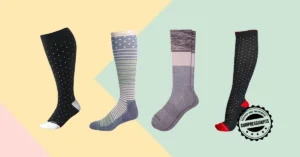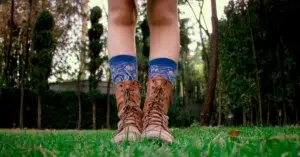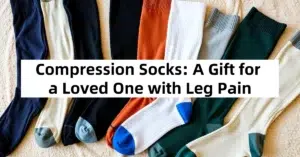Compression socks have gained tremendous popularity in the past few decades, serving as a great supportive remedy to athletes, runners, travelers, patients with medical conditions like DVT, and pregnant women. In the discussion of Compression Socks: Myths vs. Facts, it’s essential to understand both their amazing benefits and the common misconceptions surrounding their usage. Though they provide significant support in various fields, some aspects still need clarification regarding their benefits and how they work.
Common Misunderstandings about Compression Socks with Their Clarifications
Rumors and misconceptions do exist about compression socks. So, removing the myths as early as possible is necessary for maximum benefits. Without any further ado, let’s uncover everything in detail.
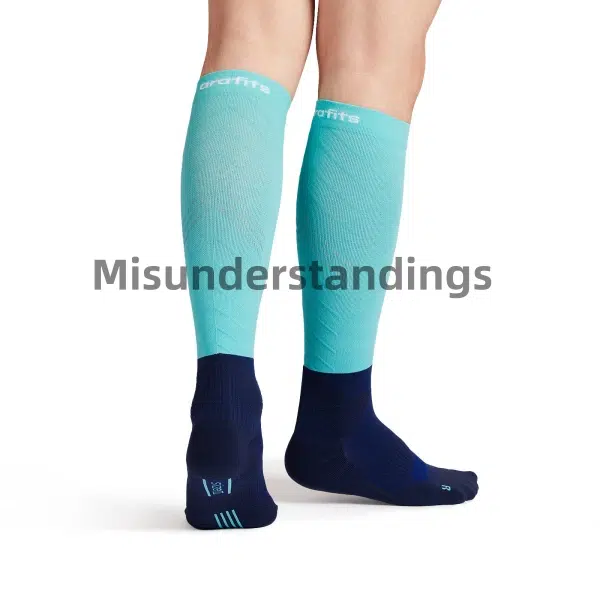
Myth#1: Compression Socks are Only Suitable for the Elderly People
One of the most prevalent misconceptions about compression socks is that they are only suitable for elderly people and are only designed for them. People commonly believe only elderly individuals with circulatory issues can wear compression socks.
However, since this is only half true; you should know that compression socks can be worn by any person, depending on his lifestyle, medical condition, and age, regardless of whether he is young or old.
Though compression socks benefit older adults with varicose veins or DVT, athletes also wear these specialized socks for their enhanced athletic performance, reduced muscle fatigue, and effective endurance.
Besides, travelers are also advised to wear compression socks during long hours of travel as immobilization for longer periods can cause blood stasis within the legs, which can lead to conditions like DVT, causing them extreme discomfort.
Nevertheless, pregnant women can also benefit from compression socks, as gestational changes are known to cause significant leg swelling and edema, which can be prevented by wearing perfect degrees of compression socks.
Fact:
All people, regardless of their age or era, can wear compression socks.
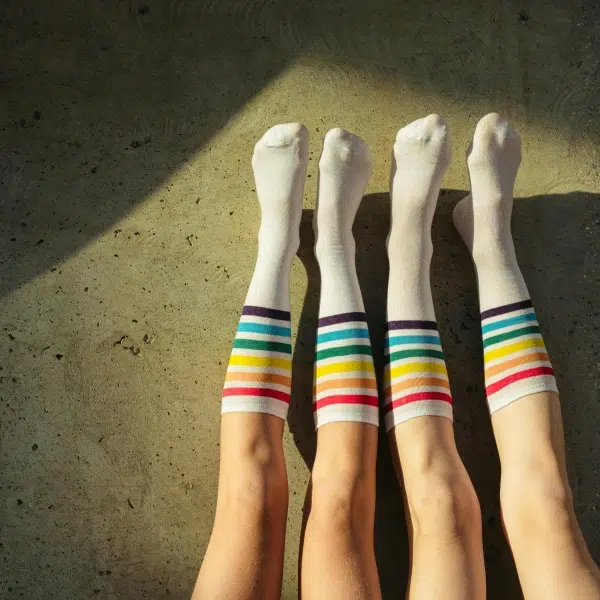
Source:https://medium.com/change-your-mind/over-estimating-the-differences-between-you-and-others-d9bf53dc8a76
Myth#2: Compression Socks Are Perfect To Cure Varicose Veins Permanently
Many people believe that compression socks are a permanent solution for varicose veins and think they can eliminate the condition.
However, this isn’t true again, as compression socks only prevent varicose veins from worsening further. They do so by providing graduated compression, which helps to relieve pressure within the legs and thus improves circulation and venous return to the heart.
Fact:
Compression socks do not eliminate varicose veins. Instead, they help alleviate the pain, discomfort, and swelling caused by the condition, thus preventing further exacerbation.
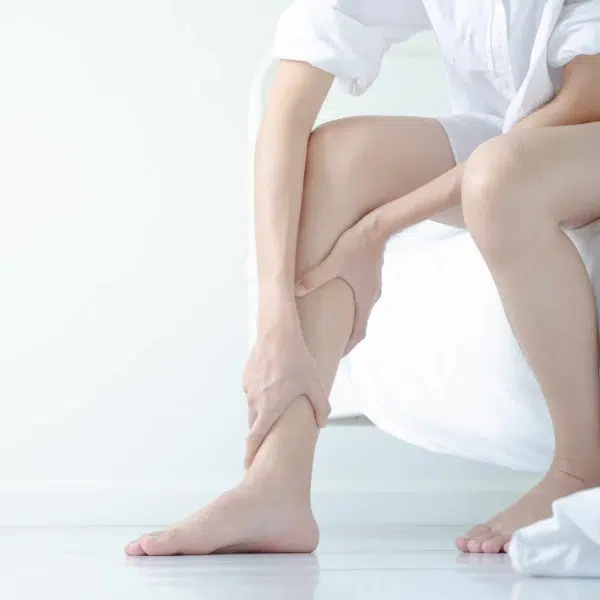
Source:https://www.dallasspine.com/blog/at-home-leg-pain-relief-tips
Myth#3: Compression Socks Should Be Extremely Tight
This notion of wearing tighter socks for the best results can even worsen circulatory issues, leading to unnecessary complications.
However, the compression level and tightness of compression socks depend on the types of usage.
For example, milder levels of compression (8-15mmHg) are most suitable for everyday wear to reduce milder swellings, moderate compression (15-20mmHg) is perfect for travelers, pregnant women, or mild cases of varicose veins, whereas, firm compression (20-30mmHg) is typically prescribed for serious medical conditions like DVT or lymphedema.
Fact:
Tighter compression socks aren’t always better, and the compression level should always be used depending on the underlying cause and need of the patient and the medical conditions.

Source:https://www.drsegals.ca/blogs/news/can-compression-socks-be-too-tight
Myth#4: Compression Socks Are Uncomfortable To Be Worn
Many people avoid wearing compression gear because they believe compression socks are uncomfortable or too hot. However, this isn’t true, as comfort and relief are primarily provided by modern compression socks for everyone, regardless of age or condition.
In today’s era, compression socks are particularly designed with highly breathable fabrics such as spandex or nylon, along with moisture-absorbing capabilities, so that they keep your legs cozy, snug, and cool throughout the day and during hours of extended wear.
Fact:
Compression socks aren’t uncomfortable at all. Instead, manufacturers craft them to provide exceptional comfort for long hours of use.
Myth#5: Everyone Can Wear Compression Socks without Consultation
It’s a common notion that almost anyone can wear compression socks without their doctor’s consultation. While mild compression levels are generally safe for most individuals, it’s important to consult a healthcare professional before wearing compression socks for extended periods.
However, keep in mind that compression socks with moderate to firm levels of compression should only be worn by people with underlying health conditions like DVT, pregnancy, or severe vascular disorders.
Fact:
It is necessary to consult your healthcare professionals before choosing compression socks for yourself.

Source:https://www.medicaladvantage.com/blog/choosing-a-healthcare-consulting-company-for-your-needs/
Myth#6: Only People Who Stand or Sit for Too Long Can Wear Compression Socks
Compression socks are typically recommended for those who spend long hours standing or sitting. For instance, office workers, educators, and travelers can significantly benefit from improved circulation by wearing compression socks.
However, other professionals, such as athletes, gym trainers, and runners, should wear compression socks. These socks enhance their performance, endurance, and perseverance.
Fact:
Compression socks are not only beneficial for those who sit or stand for extended durations. Athletes, gym trainers, runners, and individuals with specific medical conditions highly regard them.
Myth#7: Compression Socks Are Difficult To Be Worn or Take Off
Another common misconception about compression socks is that their snug fits make them difficult to put on and take off every day. Many believe that the graduated compression adds to this challenge.
Though compression socks require mild effort when wearing them for the first time, some general tips and techniques help to make the process easier and smoother. For example, a sock aid helps greatly in this purpose.
Besides, most brands these days provide proper instructions for wearing their compression socks. So, following those instructions will definitely offer great help in this cause.
Fact:
Compression socks aren’t difficult or uncomfortable to wear daily. With some simple guidance and tips, the process can become much more manageable.
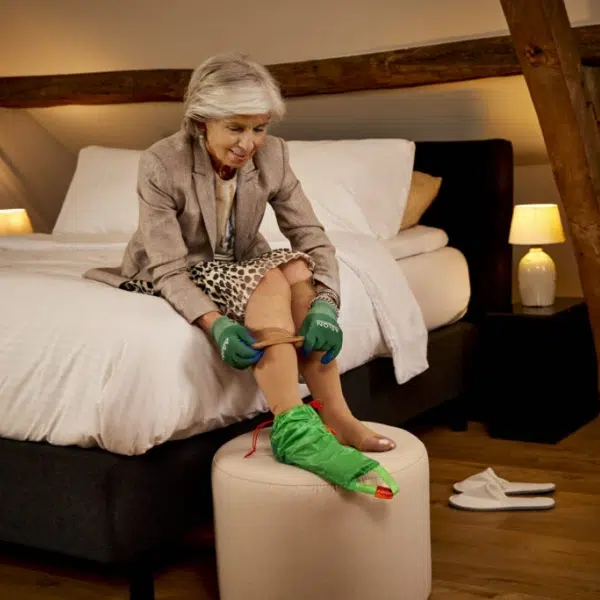
Source:https://arion-group.com/arion-products/arion-easy-off/
Frequently Asked Questions (FAQs)
1. Is there any reason not to wear compression socks?
Yes! You should not wear compression socks if you have peripheral arterial disease (PAD), as these socks can further narrow your arterial lumen, reducing the blood flow.
2. What are the three indications why compression garments might be contraindicated?
The most common contraindications for compression garments include advanced peripheral arterial occlusive disease, congestive heart failure, and septic phlebitis.
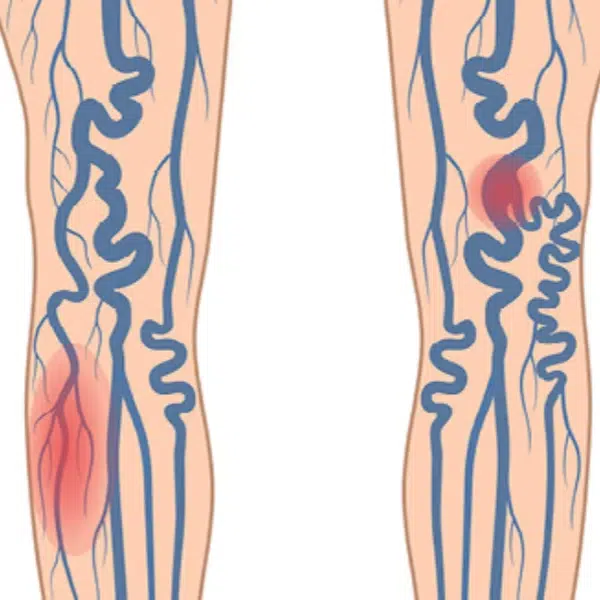
Source:https://npistanbul.com/en/what-is-thrombophlebitis
3. Is it OK for anyone to wear compression socks?
Although anyone can wear compression socks with mild levels of compression, it’s always advisable to consult your doctor before deciding to use them.
4. Are compression socks only for medical use?
No, While people commonly use compression socks for medical purposes, many also wear them during everyday activities, especially during long periods of sitting or standing, to prevent discomfort and fatigue.
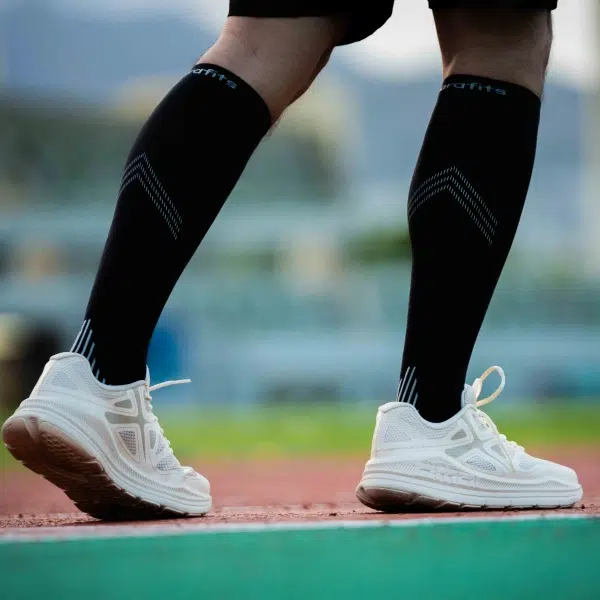
5. How many hours should a person wear compression socks?
A person can wear compression socks all day, but experts recommend using them for 8 to 10 hours daily.
6. Are there any side effects of compression socks?
Although compression socks serve tremendous benefits, they still have some side effects, which include skin rash, itching, bruising, restricted circulation, or leg achiness after wearing tight compression socks.
7. How do I know what level of compression I need?
Compression levels are measured in mmHg (millimeters of mercury). It’s best to consult a healthcare professional to determine the appropriate level for your needs, but general ranges include:
Mild (8-15 mmHg): General comfort
Moderate (15-20 mmHg): Travel and daily use
Firm (20-30 mmHg): Medical conditions
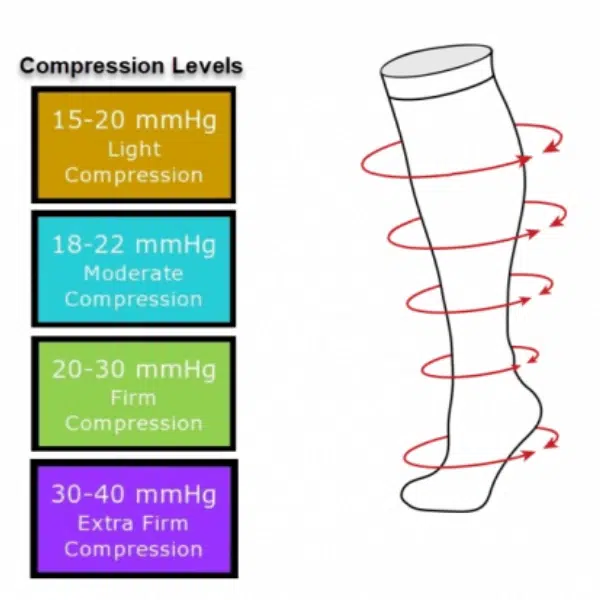
Crux of the Matter
Compression socks are a great asset for many people, ranging from travelers, pregnant women, and athletes to patients with underlying conditions like DVT, impaired venous return, leg swelling, or lymphedema.
However, there are some common myths surrounding the usage of compression socks, which we have just concluded in the upper sections.
To summarize all, remember that compression socks aren’t only available for elderly people. People of any age can wear compression socks upon doctor’s consultation. Besides, a snug fit isn’t always the best; you should always opt for the compression level depending on your requirements.
However, it is always best to consult your healthcare provider before jumping to conclusions by yourself.
We hope this information regarding the common myths about compression socks has provided you with everything you need to make informed choices. Stay happy and healthy!
